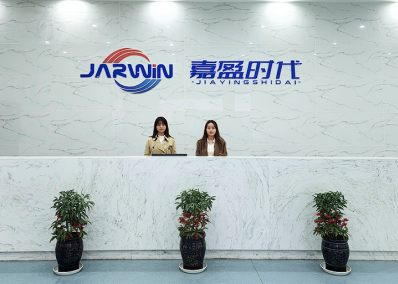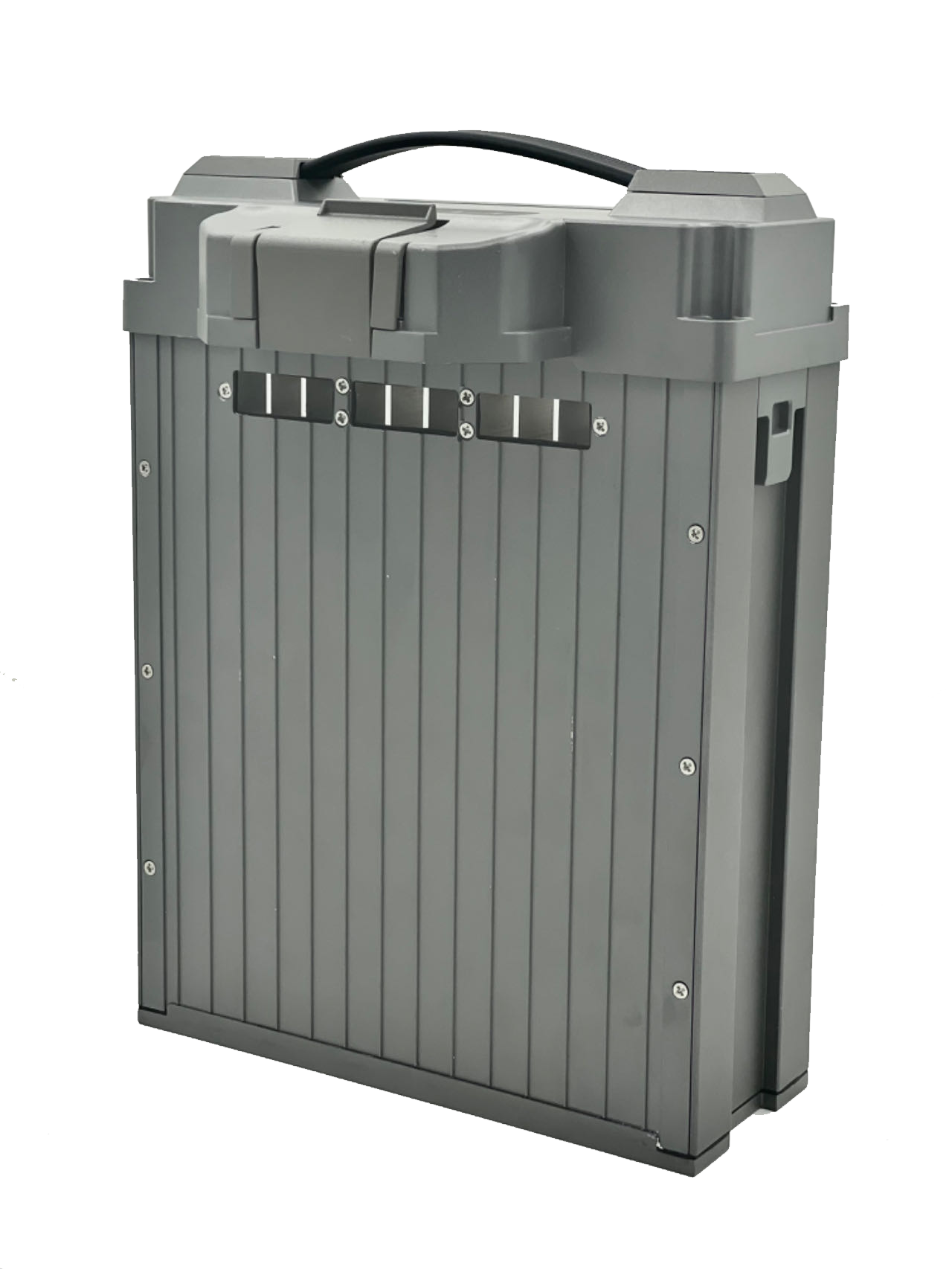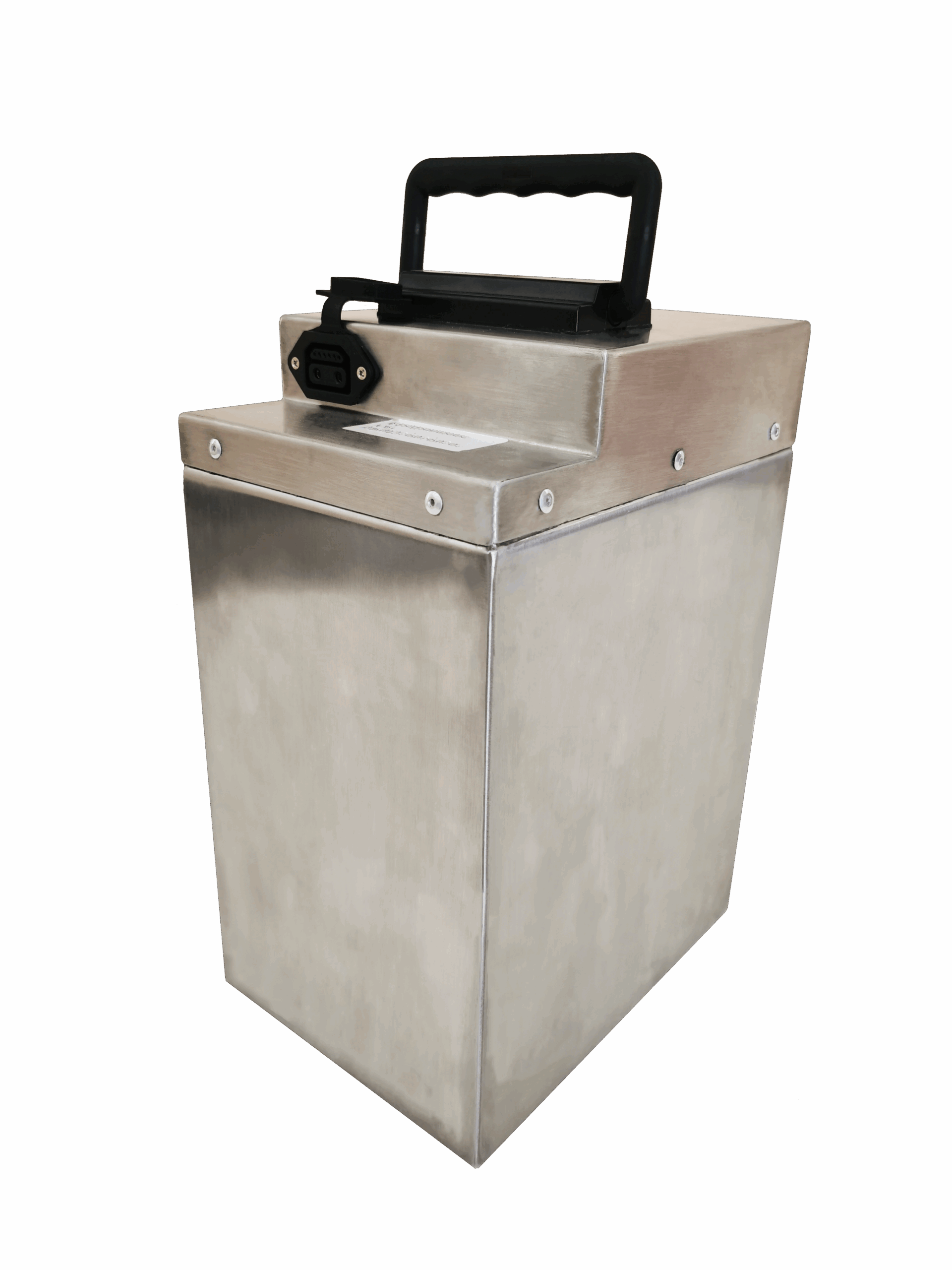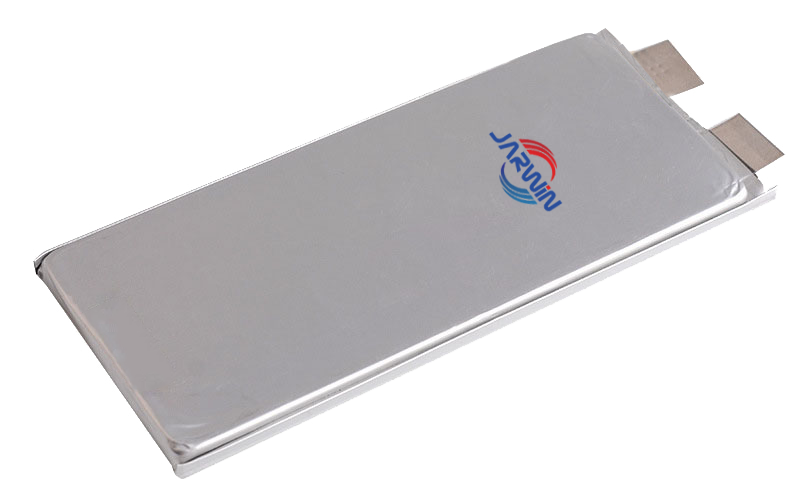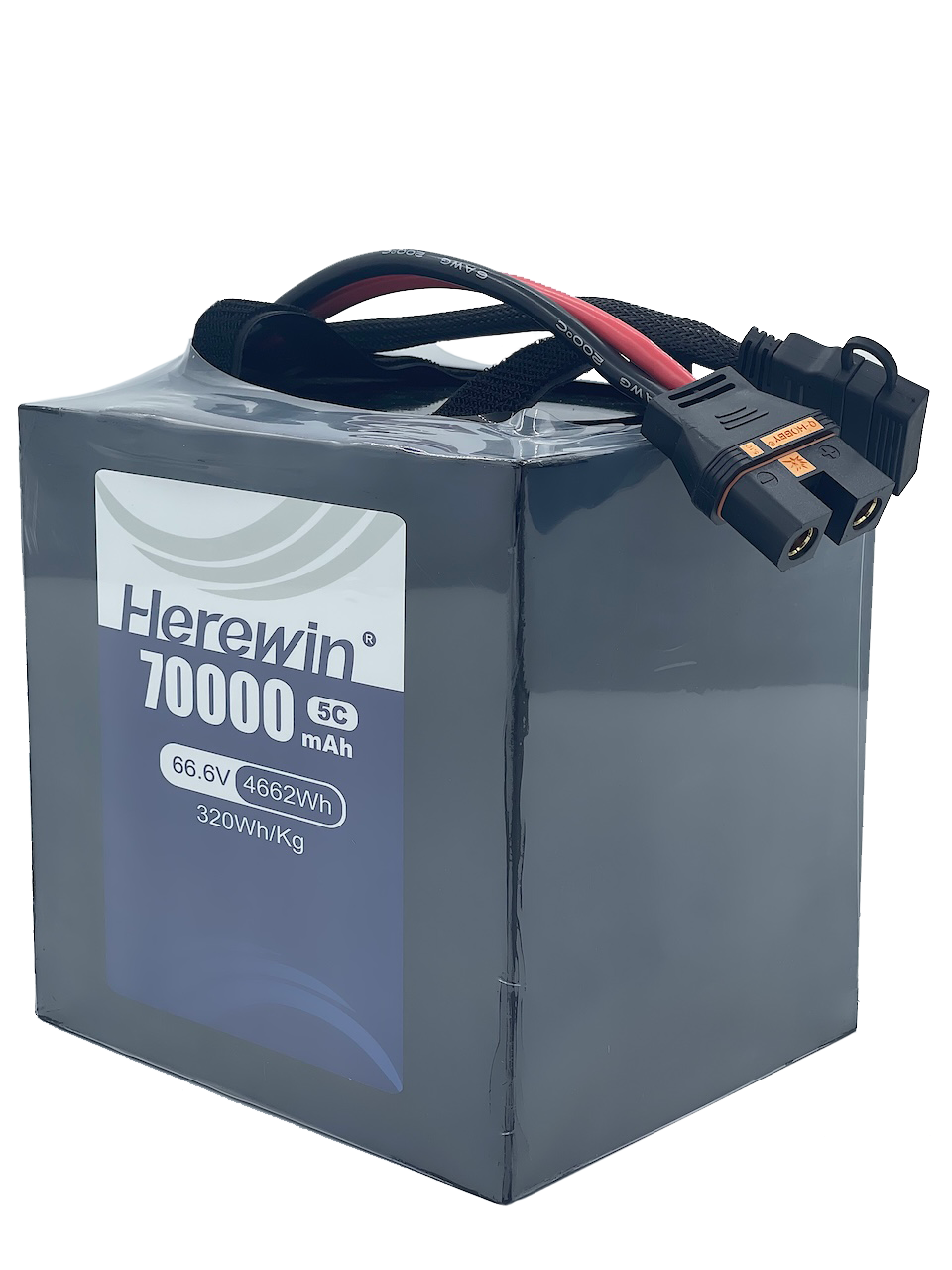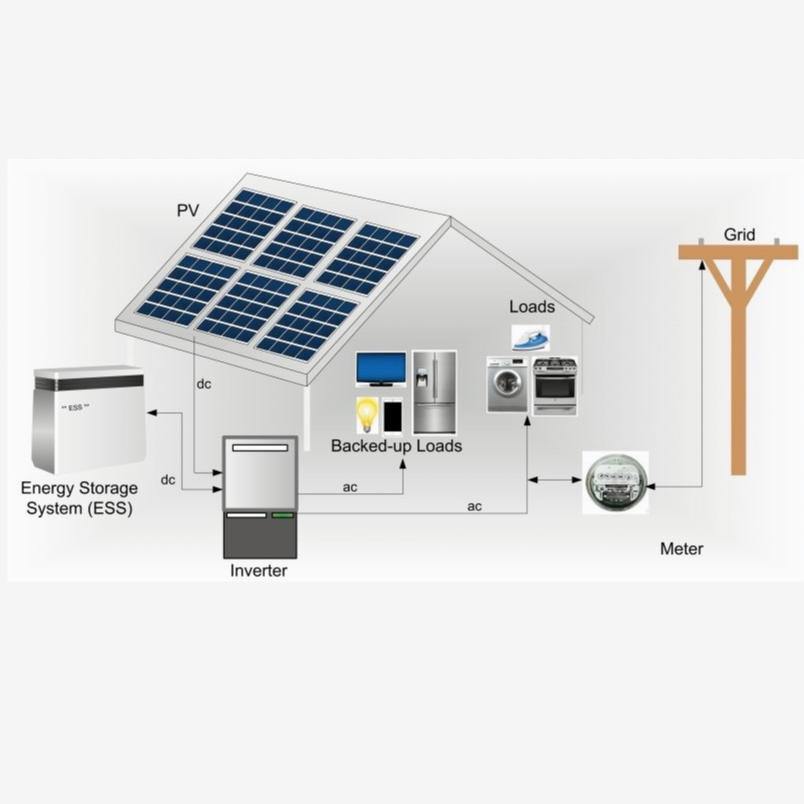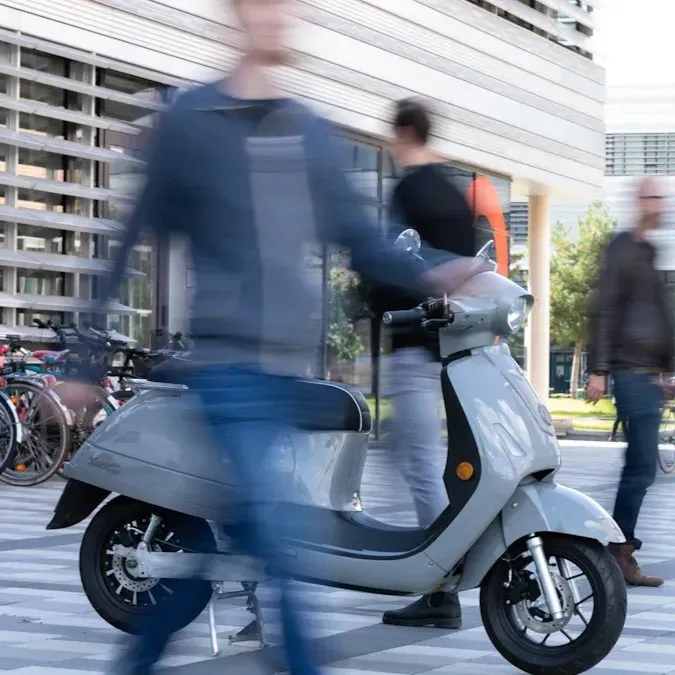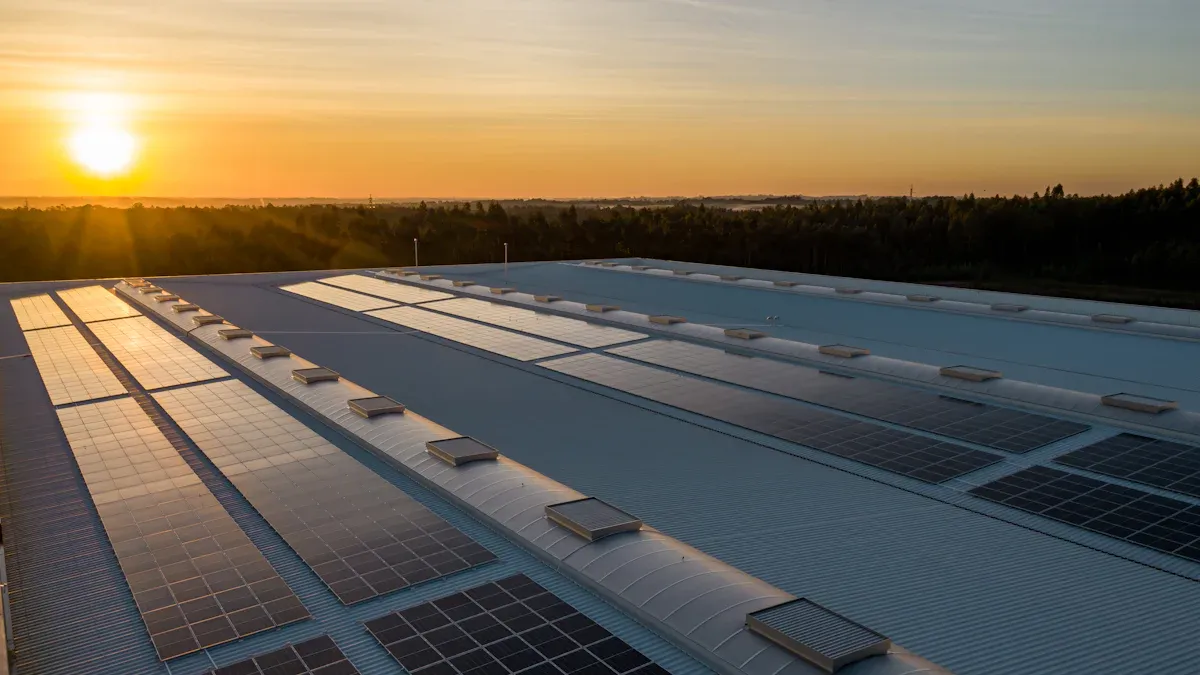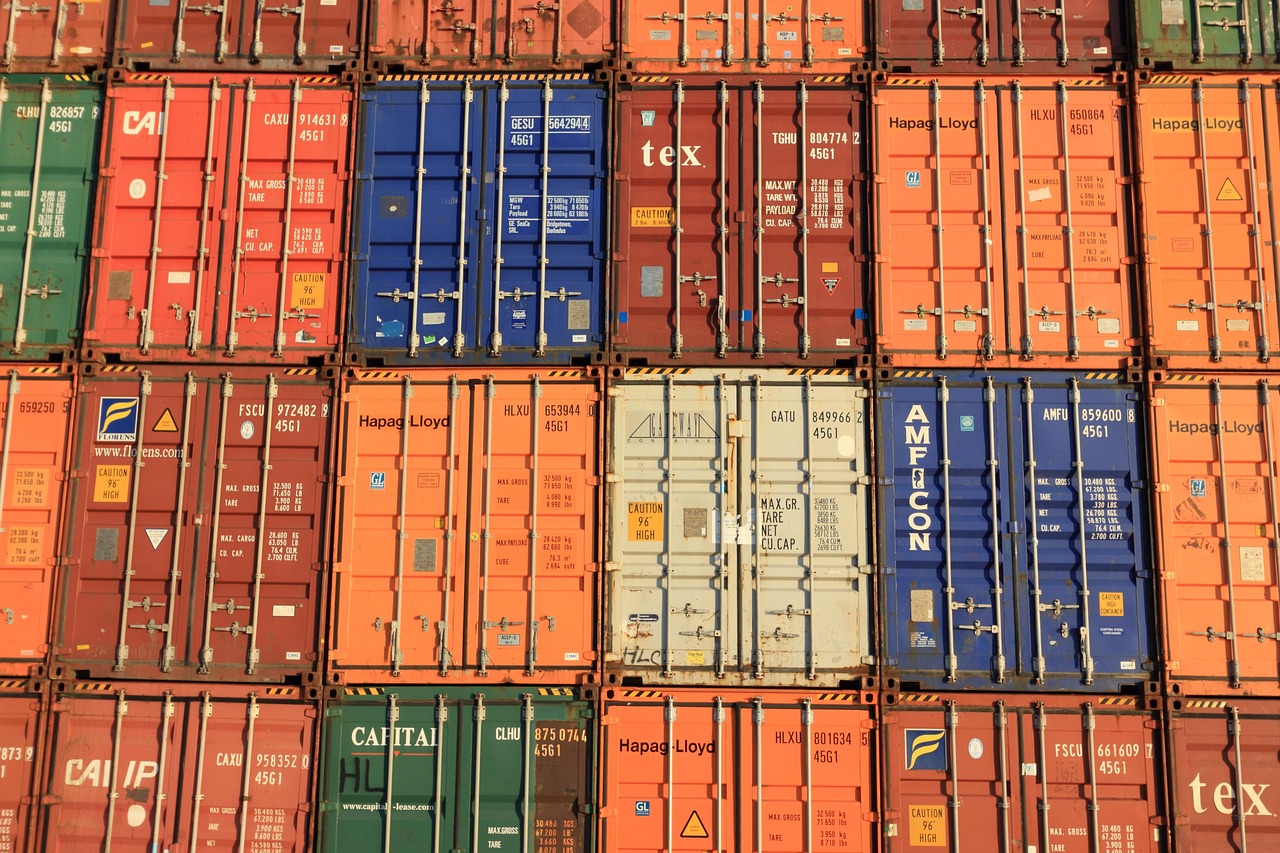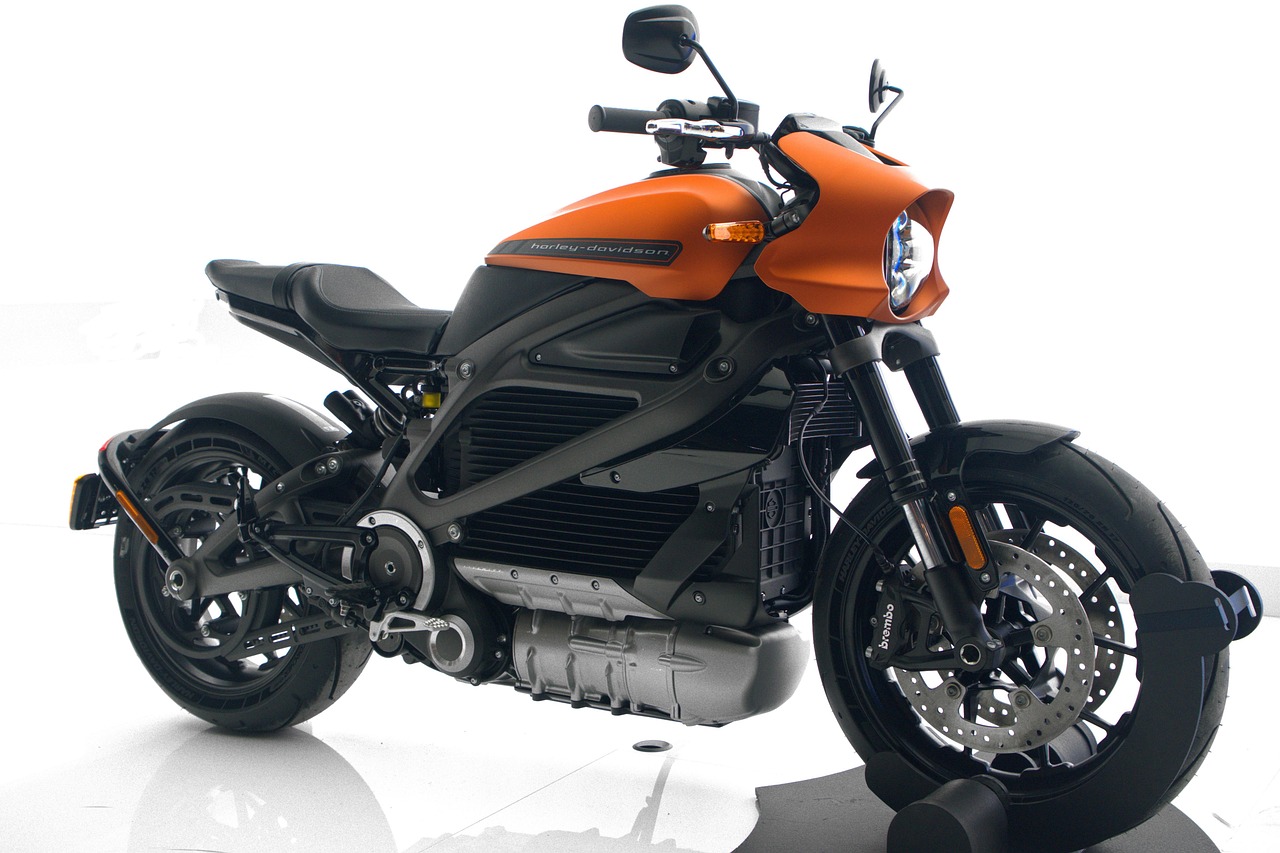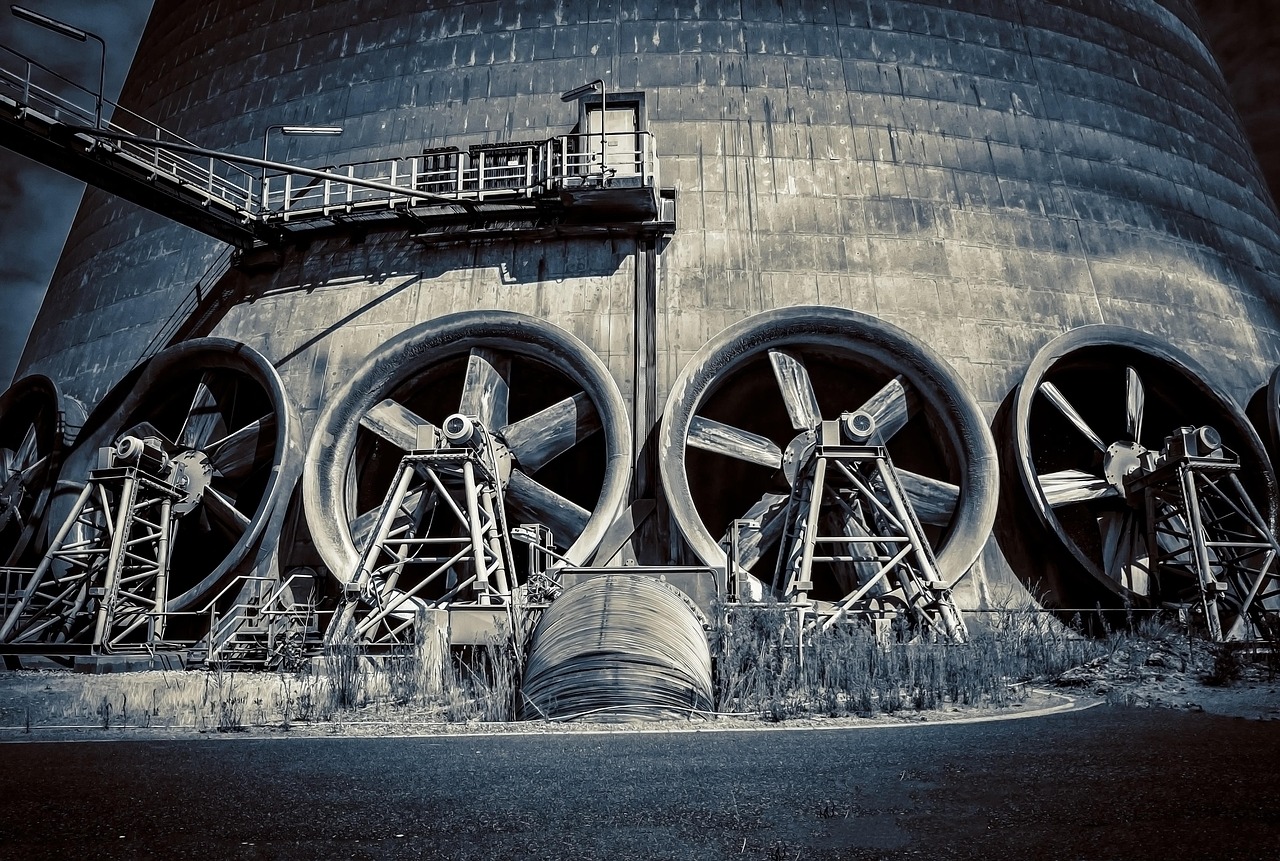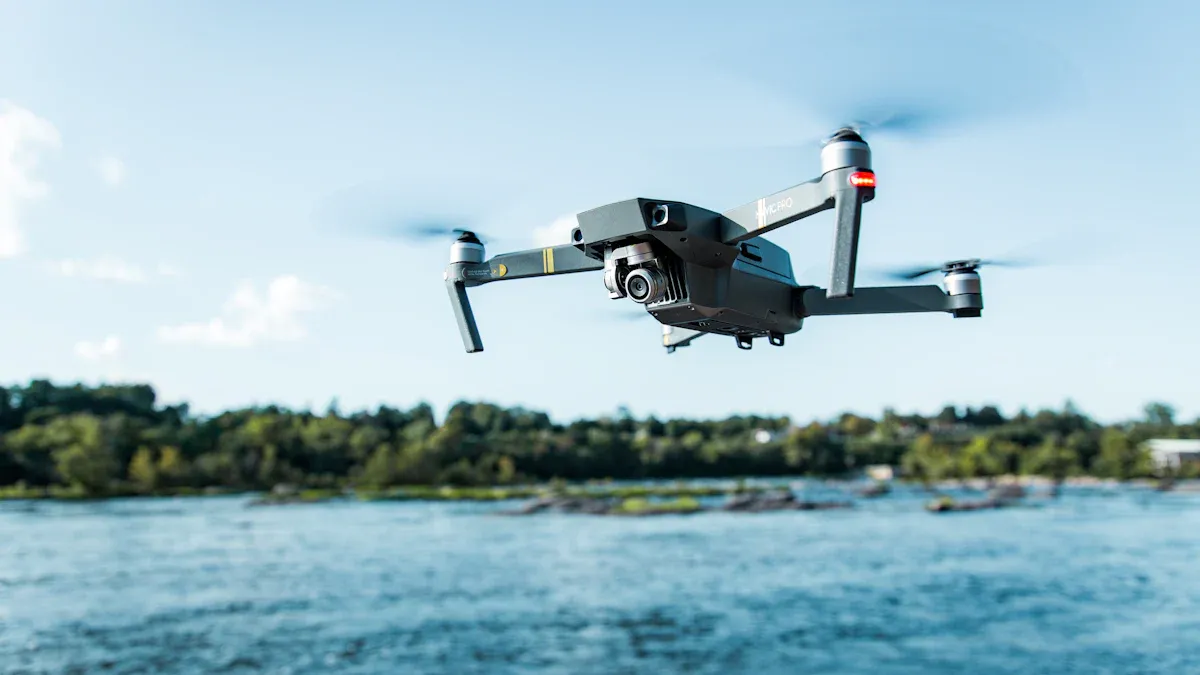
Unmanned Aerial Vehicle (UAV) technology has fundamentally reshaped asset management and maintenance across major industries. Drones are no longer just tools; they are transformative solutions driving major improvements in efficiency, safety, and data precision across vital infrastructure.
This technology’s proven utility is reflected in the market’s aggressive growth: the industrial drone inspection sector, currently valued in the hundreds of millions of dollars, is projected to achieve a robust 11.0% Compound Annual Growth Rate (CAGR) between 2024 and 2029. This rapid expansion signals widespread industry acceptance and substantial future growth potential.
This guide offers a comprehensive analysis of the core benefits, key technologies, and practical applications of industrial drone inspection solutions.
Principais conclusões
Drone solutions cut inspection time by 75% to 85% and can reduce operational costs by 30% to up to 70% (especially when utilizing AI-driven analytics).
Drones fundamentally eliminate human risk by removing personnel from hazardous environments, including high altitudes, confined spaces, and exposure to live assets.
Advanced payloads (Visual, Thermal, LiDAR) ensure the collection of high-precision, comprehensive data, enabling early fault detection and highly effective predictive maintenance.
Critical infrastructure across Energy, Oil & Gas, Construction, and Transportation rely on drones for regular maintenance, safety monitoring, and asset mapping.
Maximizing mission success requires robust propulsion systems, including high-capacity batteries and efficient multi-channel charging solutions, to ensure maximum operational uptime.
Core Benefits: Efficiency, Safety, and ROI
Significant Cost and Time Savings
Industrial drone inspection is fundamentally changing traditional work methods, delivering enormous economic advantages by reducing operational expenditure and inspection cycles.
Compared to manual methods, AI-powered drone solutions can realize cost savings ranging from 30% to up to 70% (The higher end is typically achieved by eliminating high-cost human access methods like scaffolding or rope work).Furthermore, by integrating drone technology, companies can significantly reduce their Total Cost of Risk (TCOR) by 20% to 30%. This includes direct financial benefits through reduced insurance premiums for general liability, workers’ compensation, and auto insurance.
In terms of efficiency, overall inspection time can be reduced by 75% to 85%, compressing inspection cycles that traditionally lasted “weeks” down to “hours.” For example, inspecting a 50-mile natural gas pipeline, which traditionally took 12 days, was completed by a drone in just 2 days, saving approximately $20,000 in labor costs. This rapid turnaround maximizes operational cycles and minimizes service downtime.
Inspection Type | Traditional Method | Drone Method |
|---|---|---|
3 days | 2 hours | |
8+ hours | 2-3 hours |
Increased Operational Efficiency and Safety
One of the greatest benefits of industrial drone inspection is the improvement in operational efficiency coupled with enhanced personnel safety. By automating tasks, drones fundamentally alter hazardous work protocols.
The paramount safety contribution of drones is removing humans from dangerous environments:
Elimination of Height Risks: Drones inspect towering structures like smokestacks and wind turbines, completely eliminating the risk of falls—a leading cause of industrial fatalities globally.
Isolation from Hazards: Personnel are no longer required to enter confined spaces (tanks, pipelines) or approach live assets (high-voltage lines), mitigating risks from asphyxiation, toxic exposure, structural collapse, or electrocution.
Specialized drone payloads further augment safety. The use of Thermal Imaging and Gas Detection Sensors allows for real-time asset monitoring:
These sensors enable the real-time identification of minute gas leaks or equipment overheating (hot spots), allowing for proactive intervention before an incident escalates.
In the aftermath of accidents or disasters, drones provide safe, immediate video and mapping data of damaged structures to aid emergency response and rapid decision-making.
Improved Data Quality and Accuracy
The core advantage of industrial drone inspection systems lies in the quality and precision of data they provide, which is often unattainable through manual methods.
Drones carry sophisticated sensors to ensure comprehensive and high-resolution data acquisition:
High-Resolution Visual and Thermal: Ultra-high-definition visual images and precise thermal data are fed into AI-driven image analysis tools. This automation allows for the precise, early identification of defects like structural cracks, electrical faults, or equipment wear, enabling Predictive Maintenance.
LiDAR Sensors: LiDAR uses laser pulses to generate extremely accurate 3D point cloud data. This is crucial for high-precision mapping, creating digital twin models, and performing volume measurement (e.g., stockpiles).
Through Non-Destructive Testing (NDT) methods, the detailed, comprehensive data provided by drones offers a complete health view of the asset. This enables earlier and more accurate fault identification, leading to highly efficient maintenance schedules. Furthermore, the automatic logging of inspection records significantly simplifies regulatory compliance and auditing processes.
Key Industry Applications
Industrial drones are versatile assets that deliver specialized inspection capabilities across virtually every major vertical. The following examples showcase how UAVs fundamentally redefine operational standards in diverse sectors.
Energy and Utilities
Drones are mission-critical tools for energy companies, enhancing safety, efficiency, and environmental compliance across complex networks.
Pipeline Monitoring (Oil & Gas): UAVs rapidly inspect thousands of kilometers of pipelines daily, performing the work up to eight times faster than traditional methods (e.g., Sinopec checking over 6,000 km). Drones equipped with specialized sensors are also crucial for detecting and quantifying methane gas leaks, minimizing environmental impact and financial losses.
Power Grid and Transmission Lines: Drones conduct frequent, detailed inspections of transmission towers, conductors, and substations, preventing unexpected outages. They use thermal cameras to detect component overheating. Smart programs combined with drones have reduced power line inspection cycles from seven years to two years (e.g., Elektrilevi in Estonia).
Water and Sewer Systems: Drones are increasingly used for monitoring large water assets and assessing infrastructure like sewer pipes. Utilities have used drones to map assets, reducing inspection time from days to hours, and to inspect damaged sewer systems 50% faster and 40% cheaper than manual methods (e.g., Aigües de Barcelona).
Infrastructure and Transportation
UAVs are essential for maintaining the safety and longevity of public and private infrastructure, often without requiring costly service disruption.
Bridges and Structures: Drones provide comprehensive visual and thermal checks for structural integrity, identifying cracks, rust, material fatigue, and faulty welds. They eliminate the need for road closures and scaffolding.
Railways and Right-of-Way: Drones monitor high-voltage catenary lines and track beds for defects like rail cracks or ballast shifting. They efficiently collect data used to generate detailed 3D models of railway corridors, streamlining maintenance planning.
Wind and Solar Farms: Drones perform automated visual and thermal checks on wind turbine blades to detect leading-edge erosion and fatigue cracks. They also rapidly scan large solar arrays to identify non-performing or defective panels, maximizing energy output.
Industrial Assets and Environment
In large industrial settings and resource extraction sites, drones deliver constant situational awareness and precise data for management and compliance.
Mining Operations: Drones ensure worker safety by inspecting dangerous zones like conveyor systems and deep shafts without halting production. They utilize thermal sensors to detect underground fires or overheating mechanical components and provide continuous monitoring of pit walls for stability assessment.
Construction Site Monitoring: UAVs are used for progress tracking, safety compliance, and quality control. They generate detailed 360-degree views and precise measurements of building components. They also assist in inventory management and material volume quantification by measuring stockpiles.
Confined Space Inspection: Specialized drones are used to inspect the interior of boilers, tanks, and pressure vessels, eliminating the risks associated with manned entry while capturing high-quality visual and LiDAR data.
Power Management and Sustained Operations
Reliable power management is the cornerstone of effective industrial drone inspection. The effectiveness of a drone program is directly related to its Return on Investment (ROI), measured by mission completion rates and operational uptime. Therefore, the core focus of power management is maximizing flight endurance and minimizing downtime.
Maximizing Endurance via High-capacity Batteries
Long flight times are essential for industrial inspection, allowing drones to cover larger assets and complete complex missions without interruption. Maximizing endurance relies on optimizing the power source through several key factors:
High Energy Density: Optimizing the energy stored relative to weight (gravimetric density) to extend flight duration to the ideal of 30 to 45 minutes or more for industrial platforms.
Intelligent Monitoring: Integrated smart Battery Management Systems (BMS) continuously track battery health and temperature status, ensuring safe operation.
Propulsion System Matching: Battery specifications (voltage, capacity) must be precisely matched to motor and propeller requirements for the most efficient use of stored energy.
The Role of Comprehensive Drone Battery Chargers
Efficient charging infrastructure is as vital as the battery itself, directly impacting fleet efficiency and operational uptime. Modern systems leverage high-speed power delivery and smart technology to reduce turnaround time:
Ultra-Fast Charging Technology: Advanced protocols, such as High-C rate charging (e.g., 5C), allow batteries to charge to near 80% capacity rapidly, which is critical for maximizing operational uptime.
Multi-Channel Smart Chargers: High-wattage systems safely manage and charge multiple batteries simultaneously, using internal intelligence to optimize the charging curve.
Safety and Longevity: Intelligent systems must integrate protection against over-voltage and over-temperature to ensure the battery’s long-term cycle life and reliability.
Herewinpower charging systems demonstrate the utility of 5C fast-charging capabilities, ensuring drones are quickly ready for subsequent missions.
Importance of Compatibility and System Reliability
The entire power ecosystem—batteries, chargers, and the drone platform—must be viewed as a single, compatible system to ensure reliability and safety.
Compatibility and Integration: Using matched components prevents performance issues and mission failure.
System Stability: A durable and consistently performing unified system is the critical prerequisite for successful data collection and maintaining safety in the field.
Herewinpower designs power solutions where batteries and chargers are engineered for optimal system-wide compatibility, ensuring a reliable power chain.
Core Technologies and Inspection Workflow
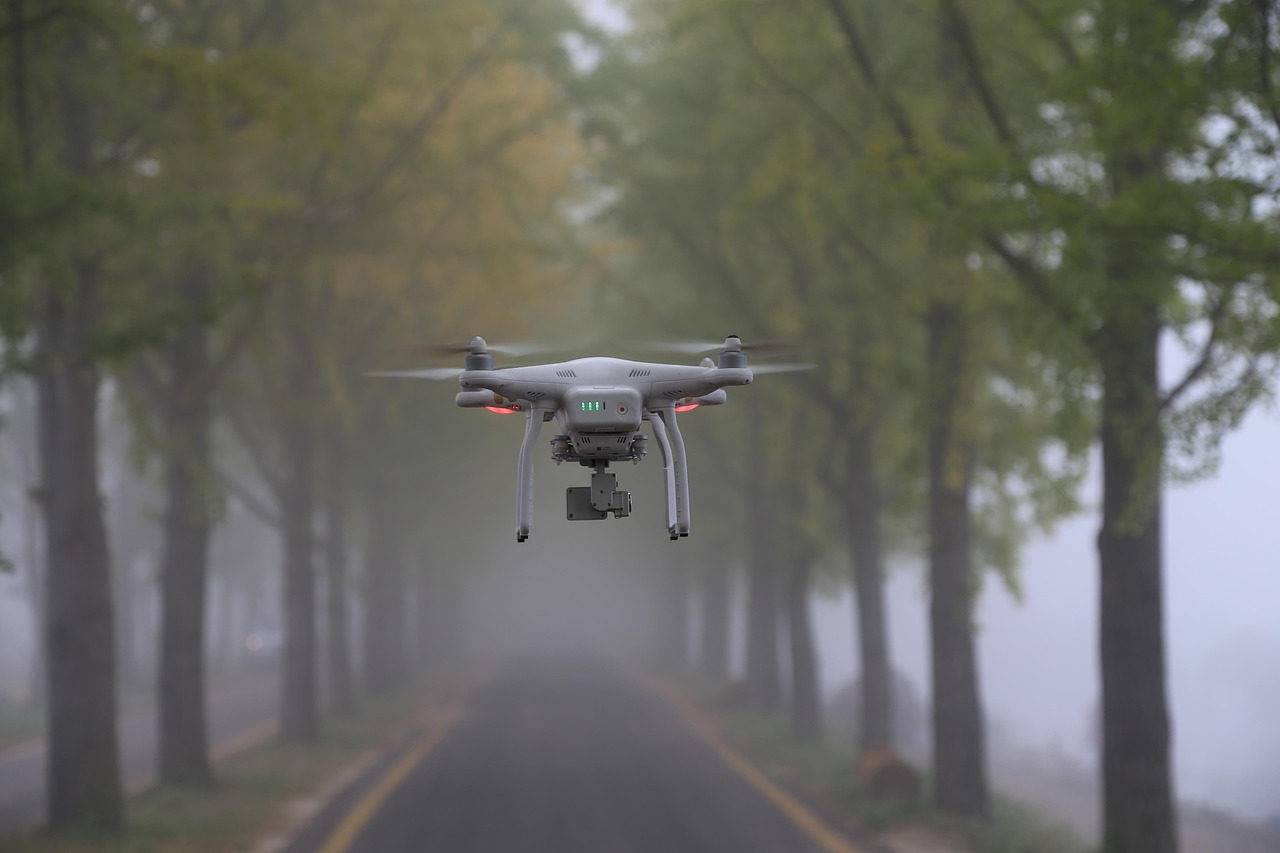
Effective industrial drone inspection relies on integrating specialized hardware, advanced navigation software, and a structured data management pipeline.
Inspection Sensors & Payloads
Industrial drones utilize a range of highly specialized sensors to gather precise, mission-critical data. Selecting the correct payload is crucial for the success of any inspection campaign.
Core Function | Typical Industries | |
|---|---|---|
Visual (RGB) Sensors | Captures high-resolution images and video for detailed visual inspection of surface defects and asset integrity. | Infrastructure, Energy, Construction |
Thermal Sensors | Detects minute temperature differences to identify leaks, overheating components, insulation failures, and electrical faults. | Energy, Building Inspection, Infrastructure |
LiDAR Sensors | Uses pulsed laser light to generate accurate 3D point cloud data for precise mapping, volume calculation, and digital twinning. | Oil & Gas, Mining, Infrastructure, Surveying |
Multispectral Sensors | Collects data across specific light spectrums (beyond human sight) to assess vegetation health, environmental change, or crop vitality. | Environmental Monitoring, Agriculture, Land Management |
Ultrasonic (UT) Sensors | Uses sound waves to perform non-contact or contact non-destructive testing (NDT), identifying material defects, thickness loss, or internal structure issues. | Oil & Gas, Maritime, Infrastructure |
Gas Sensors | Measures concentrations of specific gases (e.g., methane, H₂S for environmental monitoring and leak detection. | Environmental Monitoring, Chemical Manufacturing, Energy |
The use of advanced thermal cameras is paramount for efficiency. Dual thermal systems often provide both wide-area coverage and high-magnification zoom, allowing operators to quickly locate anomalies (hot spots, leaks) and then zoom in for detailed confirmation without compromising altitude or safety. This capability allows for faster inspection of large areas and minimizes the need for costly conventional tools.
Advanced Navigation and Autonomy
Intelligent navigation and autonomous flight capabilities are fundamental to achieving consistent data quality and safety.
Autonomous Data Capture: UAVs use pre-planned flight paths and smart obstacle avoidance (SOAV) to execute repetitive inspection cycles automatically. This standardization ensures high data consistency over time, which is essential for change detection and predictive analysis.
Enhanced Safety: Autonomy enables safe data collection in environments too dangerous for human entry, eliminating risks associated with high altitudes, confined spaces, and structural instability.
Operational Efficiency: Autonomous flight reduces human error and enables faster data collection, minimizing field time and maximizing the efficiency of the inspection crew. Advanced navigation systems also allow for high-precision flight near assets, crucial for detailed sensor readings.
Data Processing, Analysis, and Reporting Workflow
The value of drone inspection is realized only when raw data is efficiently converted into actionable intelligence. This structured workflow ensures effective decision-making:
Data Capture and Validation: Requires stable flight and correct sensor settings to acquire high-quality, geo-referenced images, point clouds, or thermal data.
Analysis and Interpretation: Raw data is processed using specialized photogrammetry and analytical software (e.g., Pix4D, DroneDeploy, Agisoft Metashape, and ArcGIS Pro). This step involves feature extraction, point cloud segmentation, and defect identification, turning raw data into meaningful findings.
Report Generation and Visualization: Findings are communicated via detailed reports, 2D orthomosaic maps, 3D models, and heat maps. Clear visualizations are crucial for communicating asset health and compliance status to stakeholders.
Decision-Making and Action: Final insights are used to prioritize maintenance based on risk assessment, plan remediation (immediate or scheduled maintenance), and document actions taken. Consistent record-keeping allows for long-term trend analysis and monitoring.
Specialized data management platforms assist by managing drone fleets, planning flights, and reviewing live or historical data, streamlining the entire end-to-end inspection process.
Future Trends and Implementation Guidance
As the industrial drone inspection market matures, companies must remain proactive in adopting emerging technologies and adhering to best practices.
Technological Horizon: AI, Miniaturization, and Autonomy
The future of industrial inspection is defined by the continued integration of advanced computing and hardware reduction, leading to safer and more efficient operational capabilities. Artificial Intelligence (AI) is rapidly advancing beyond simple defect identification. It will increasingly track changes over time, autonomously analyze anomalies, and forecast equipment failure points, directly supporting true Predictive Maintenance. Simultaneously, the crucial industry trend toward miniaturization allows lighter sensors and power modules to be integrated onto smaller UAV platforms without compromising flight time or payload capacity. Furthermore, the regulatory push toward Beyond Visual Line of Sight (BVLOS) operations will maximize efficiency for linear asset inspection—such as pipelines and railways—fundamentally changing the operational scale of industrial programs.
Regulatory Compliance and Best Practices
Successful drone program deployment requires a disciplined approach to operations, safety, and legal compliance, which ensures the long-term viability of the program. Firstly, all drone pilots must be rigorously trained and certified according to local and national aviation standards. Operators must understand airspace restrictions and adhere strictly to Visual Line of Sight (VLOS) rules unless authorized by specific regulatory waivers. Secondly, Operational integrity is supported by meticulous safety protocols, including pre- and post-flight checklists, constant weather monitoring, and documented emergency contingency plans. Finally, Data Governance and Security protocols are non-negotiable, requiring the use of strong encryption for all data transmission and storage, coupled with role-based access to prevent unauthorized breaches.
Strategic Implementation and Program Success
Building a successful, sustainable drone program is a strategic investment in process and personnel, extending beyond the initial purchase of equipment. Comprehensive pilot training must cover advanced flight skills, sensor operation, and emergency procedures to minimize field risk. Furthermore, to ensure maximum operational uptime, strategic planning must include proactive maintenance schedules for all hardware components, including batteries and chargers. This proactive approach underscores the critical importance of a reliable power management system. Ultimately, program success is measured by accountability: regular auditing of the drone program against internal goals and regulatory mandates is necessary to ensure the solution delivers a quantifiable Return on Investment (ROI) and operational value.
The industrial drone sector offers a clear path to achieving significant improvements in efficiency, enhanced safety, and superior data quality across critical infrastructure. Adopting robust technological and operational frameworks is essential to capitalizing on the projected market growth.
Maximizing the ROI of any drone program requires the implementation of best-in-class power management solutions. To understand how integrated power system compatibility and high-speed charging can guarantee your operational uptime, we recommend seeking specialized consultation.
For expert guidance on optimizing your drone program’s critical power backbone, please contact the specialists at Herewinpower.
PERGUNTAS FREQUENTES
What are the main benefits of using industrial drones?
Industrial drones save money. They save time. They make work better. They keep workers safe. Drones also give good data. This helps make smart choices.
How do drones make industrial checks safer?
Drones keep people safe. They keep them from bad places. They lower risks. No falls. No small spaces. No bad stuff. This means fewer accidents at work.
What sensors do industrial drones use?
Industrial drones use many sensors. They use visual sensors. They use thermal sensors. They use LiDAR sensors. They also use multispectral sensors. Ultrasonic and gas sensors too. These collect full data.
How do drones collect and check data?
Drones take clear pictures. They get other info. They use special sensors. Software then looks at this data. It makes detailed reports. It makes 3D models. This helps find problems fast.
Why is battery life important for industrial drones?
Long battery life is key. Drones can check big areas. They finish hard jobs. They do not stop. This makes them work longer. It makes industrial checks better.
Veja também
Optimizing Agricultural Drone Batteries: Boost ROI Through Smart Management Metrics
Powering Japan’s Industrial Heavy-Lift Drones with Advanced Battery Technology
Australian Aerial Cargo: Essential Drone Battery Solutions for Transport Needs
Unlocking Logistics Efficiency: The Crucial Role of Drone Battery Power
Ensuring Safe, Long-Range Drone Logistics: Advanced Battery Solutions Are Vital

